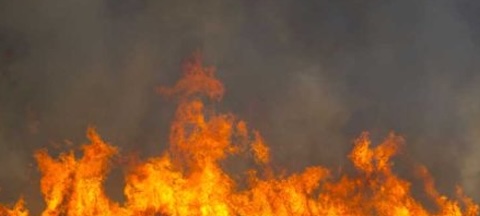Oregon snowpack well below normal heading into 2020
Published 8:00 am Wednesday, January 1, 2020
SALEM — Early season snowfall is lagging again across Oregon, potentially foreshadowing another dry and difficult summer ahead for farmers and ranchers.
But as 2019 proved, things can turn around quickly, giving plenty of reason for hope.
Trending
According to the USDA Natural Resources Conservation Service, Oregon’s snow-water equivalent — the amount of water contained within snow — is just 45% of normal statewide. Every water basin is measuring below average for snow, with the exception of the Owyhee Basin in Southeast Oregon, which is holding up at 117% of normal.
The lowest totals are in the Hood, Sandy and Lower Deschutes basins at 25% of normal, and the Willamette Basin at 26%.
Mountain snowpack is crucial for replenishing streams and reservoirs for farms and fish, especially in Eastern Oregon. As snow melts, it trickles down into creeks and rivers, sustaining healthy stream flows while providing irrigation water for crops and livestock.
Scott Oviatt, snow survey supervisor for NRCS Oregon, said the agency will release its first water supply outlook report by Jan. 10. Based on the current lack of snow, Oviatt said he anticipates lower water availability earlier in the spring, though there is still time to rebound.
“We’re not in panic mode yet,” Oviatt said. “It is early in the (water) year. … We can see some improvement, depending on conditions.”
The water year, as defined by hydrologists, begins on Oct. 1 and runs through Sept. 30 of the following calendar year. November and December are typically much cooler and wetter months for Oregon, Oviatt said, however, most of the state’s 90 snow monitoring sites are measuring less than 8 inches of snow-water equivalent.
Trending
Perhaps more concerning, overall precipitation including rain is averaging just 50% of normal statewide. The Oregon Water Resources Department reports that November in particular was one of the top five driest months on record for Northwest Oregon.
Racquel Rancier, spokeswoman for OWRD, said that average stream flows were just 40% of normal statewide as of Dec. 30.
“We certainly would like to see better and more consistent stream flows and a greater snowpack at this point,” Rancier said. “Conditions need to greatly improve in the coming months in order to have a more normal water year.”
The U.S. Drought Monitor shows nearly 98% of Oregon listed in some stage of drought, ranging from “abnormally dry” to “moderate.”
Conditions were much the same at this time last year, too, when snowpack was just 42% of normal levels in early January. Then came February, which brought drought-busting winter storms that dumped several feet of snow at higher elevations and boosted snow-water equivalent by 20-30%.
With two-thirds of winter still to go, Oviatt said he is optimistic for improvement.
“At this point, our message will be to watch the conditions,” he said. “Let’s just hope for improvement at this point.”
Snow-water equivalent is measured using what is known as a “snow pillow,” made out of a synthetic rubber and filled with an organic antifreeze solution. As snow falls, it compresses the pillow and a sensor measures the pressure in real time, which is used to calculate the amount of water in the snow.
The data is then compared with a 30-year average between 1981-2010 to come up with a percent of normal.
Between the “snowmageddon” of February and drier-than-usual November, Oviatt said increasingly large and unpredictable swings in weather variability are making it harder for the NRCS to accurately predict water supplies until later in the season.
That could lead to changes in modeling, Oviatt said, though he did not elaborate.
“It’s a changing world,” he said. “We’re trying to keep up with technology as our partner agencies are doing. It’s an ongoing process at this point.”









